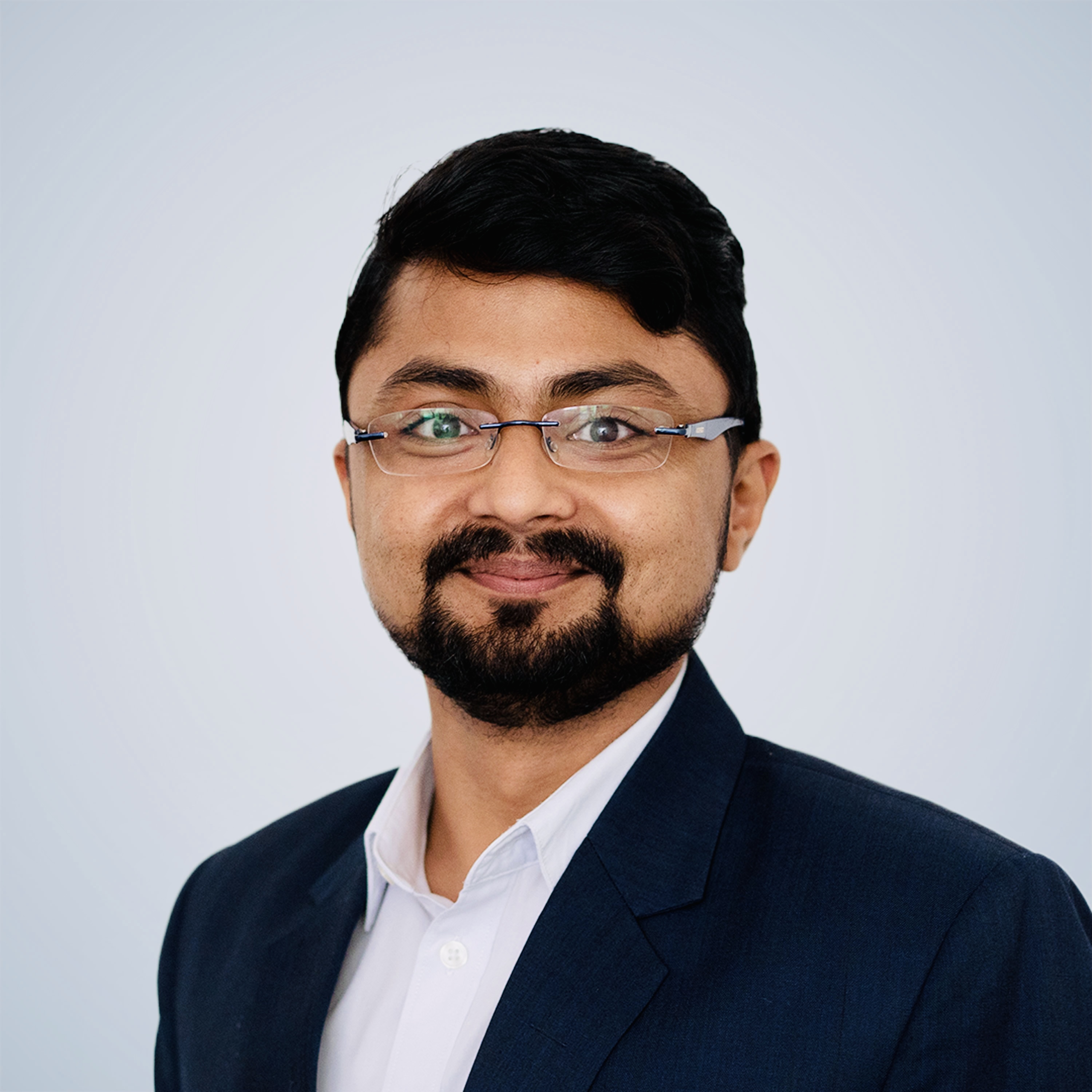- Olga Schmidt
- 12.12.25
- 2 min
- Success factor sustainability
Your contact person
Shashank Goyal
Life Cycle Cost (LCC) of an item represents the entire cost of its possession and incorporates all the initial capital cost to obtain it, operate it, maintain it, and the residual value at the end of its life. Life cycle cost analyses provide an appropriate methodological basis for linking the cost-side evaluation of alternative options during the process development with environmental decision criteria.
There is no standard guideline or procedure to follow for conducting Life Cycle Costing, but there are certain norms and guidelines available for specific domains. Some of them are listed below as examples:
The life cycle concept in today's business is very important as a producer-oriented and customer-oriented approach to organize product management. From the producer's point of view, the improvement of an item or service – comparable to living beings – is subject to the law of coming into existence and passing away. The customer-oriented point of view deals not only with the costs but also deals with the follow-up costs of the capital product. Similarly, from the producer's point of view, cost expansions beyond the manufacturing phase are suggested. However, it should be noted that there is partly a lack of consideration within the decision-making process.
The four-phases which prevailed in the traditional product life cycle, especially in marketing are the introduction, market entrance, saturation, and degeneration. While the order of the cycles is settled independently, the length of the phases can vary depending on the product.
| The market cycle starts with the introduction stage. Here, the company must seek attention to the new product through promoting and open relations to dispatch it effectively on the market. The product steps forward to the next phase only if it is accepted by the market. The market entrance stage is additionally separated into a growth and maturity stage to facilitate sales measures more precisely or to depict cost progressions more accurately. With the growth stage, the product enters the profit zone, although the expenses in marketing remain at a high level. After an improvement so far, sales stagnate within the saturation stage, leading to a drop in sales. As a result, profits decrease. The product is presently sold at a price with very less marginal profit. In arrange to expand the life cycle, one can still attempt to win more clients by implies of different adjustments. The saturation stage closes when the sales incomes fall below the contribution, i.e. when no more profit can be accomplished. In the phase of degeneration, there's a steep fall in sales. With solid competition, decreasing acceptance of a product in the market is very clear. In this stage, older products are regularly replaced by newer ones or new product launches. |
||
In times of more dynamic markets and compact margins with shorter product life cycles and fast innovation, companies are searching for a substantial source of information to make a reliable choice on the development and launch of a new product. The extended consideration of investment cost and cost based on standard approaches is essential. Nevertheless, there is no best solution if you look at the future horizon and large uncertainties.
EurA helps you to find the optimal solution and supports your business with the LCC. To know how, write an email or click here.
Author: Shashank Goyal

Your contact person
Shashank Goyal
EurA AG
T- 079619256-0Max-Eyth-Straße 2
73479 Ellwangen
info@eura-ag.com